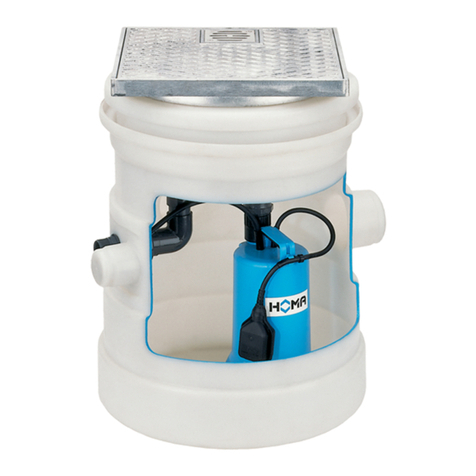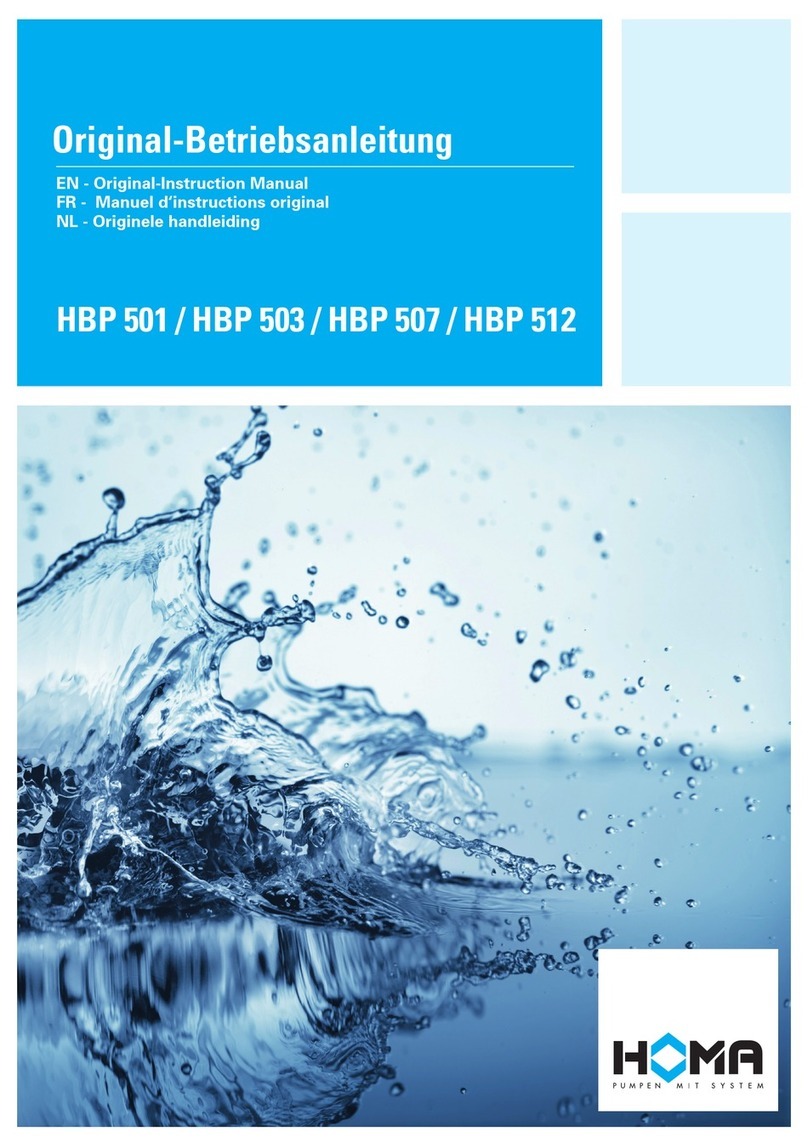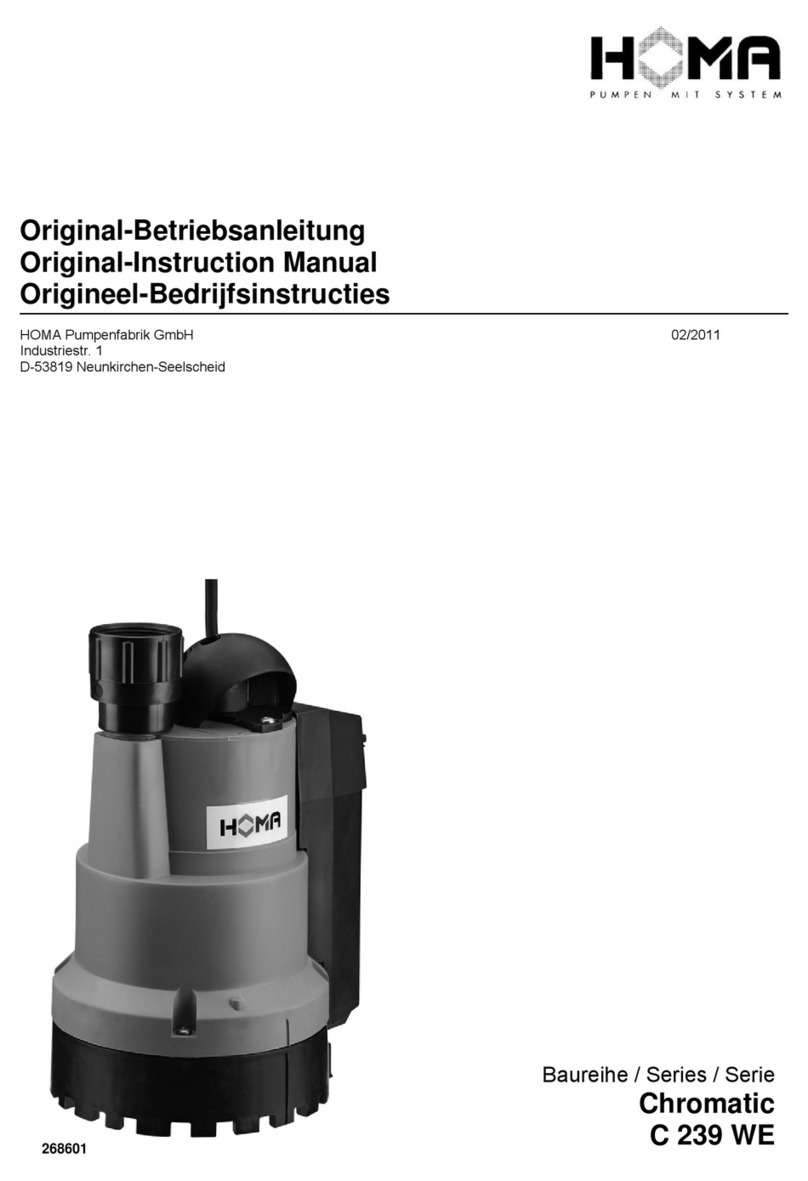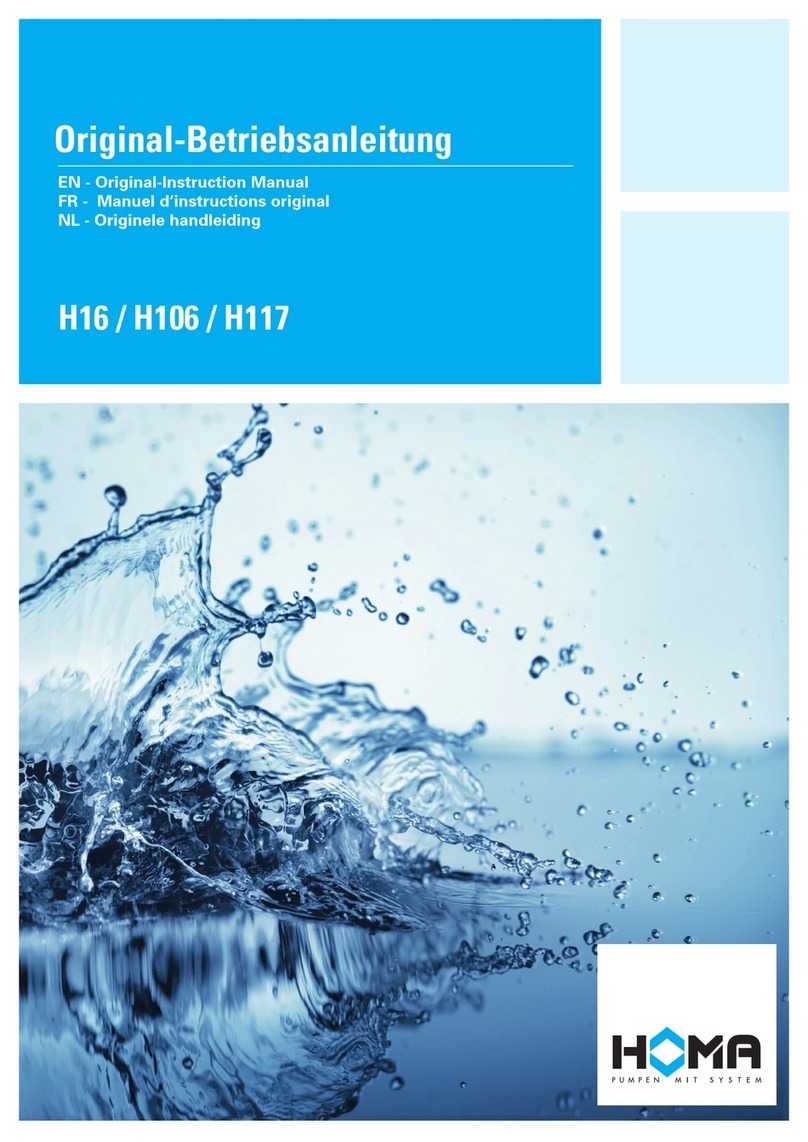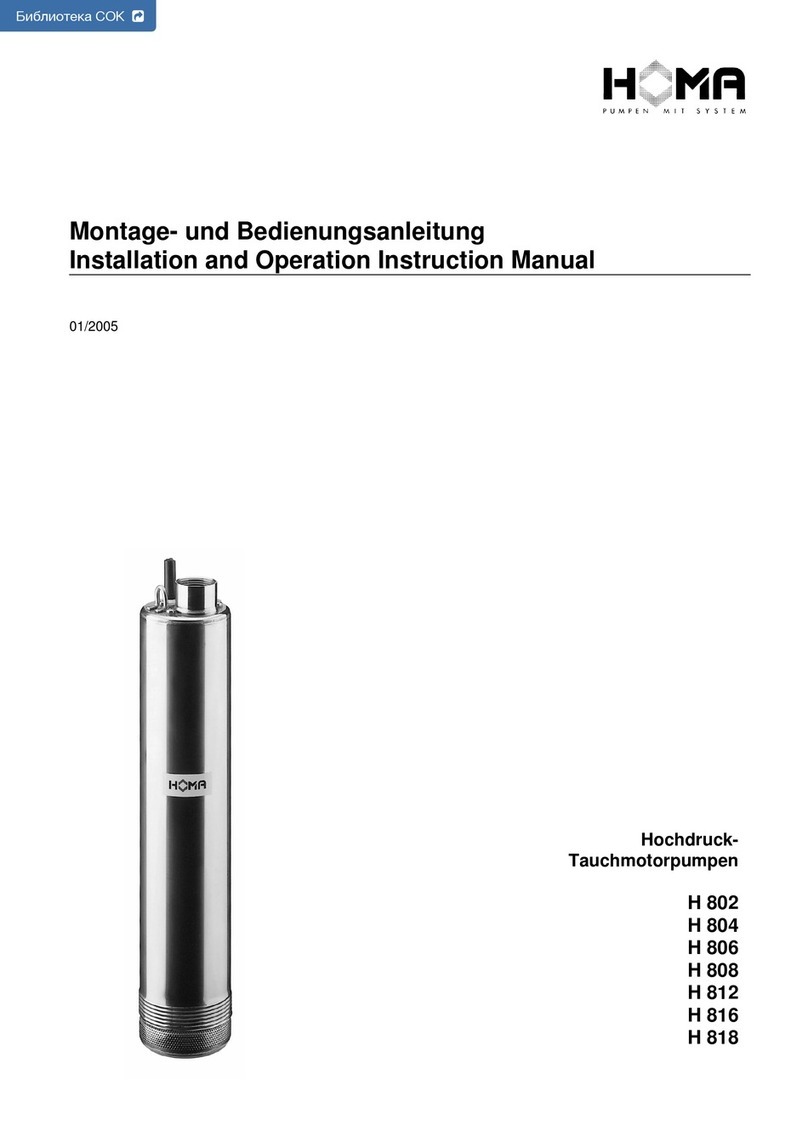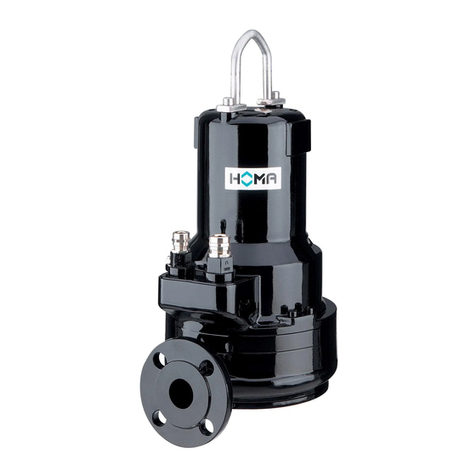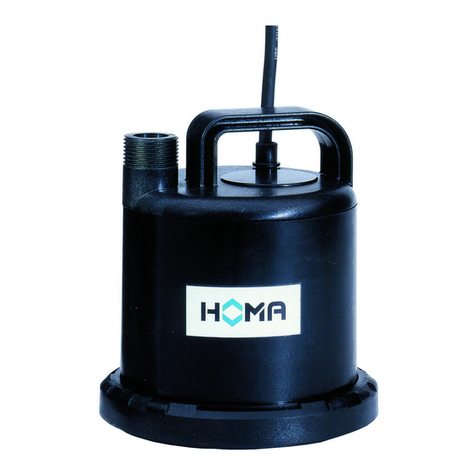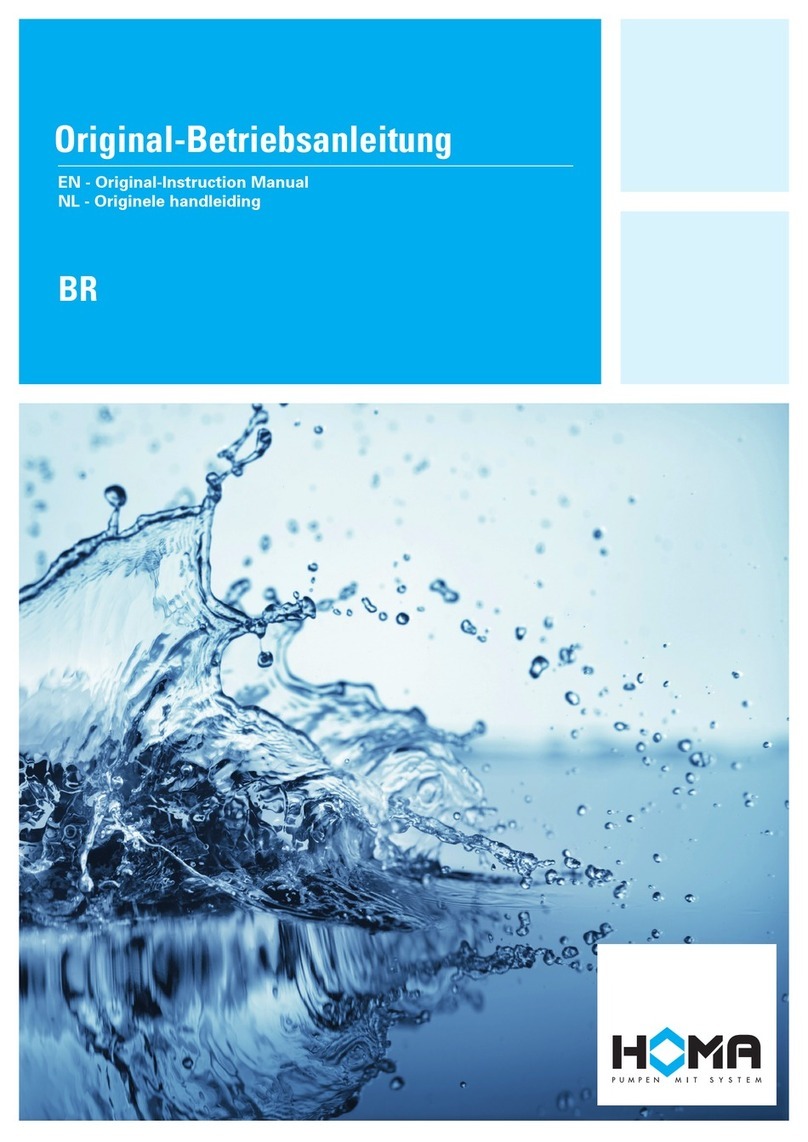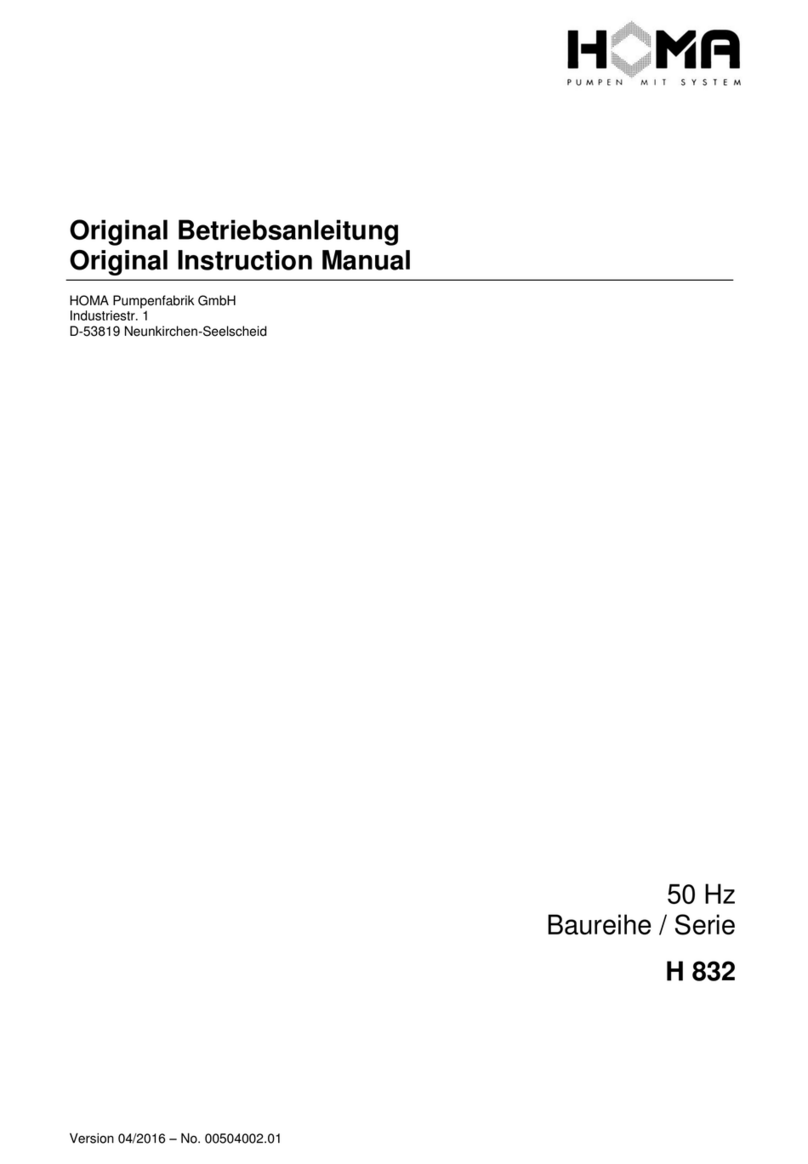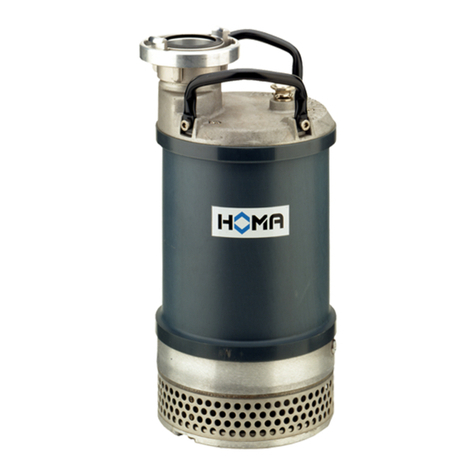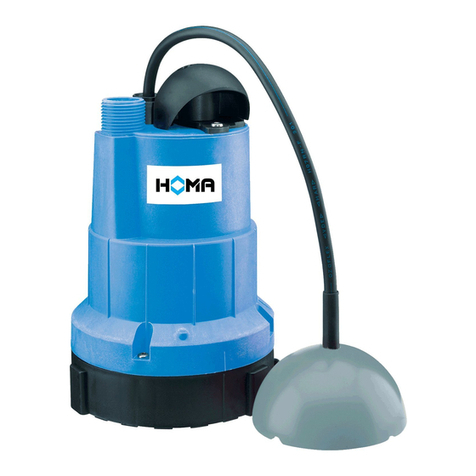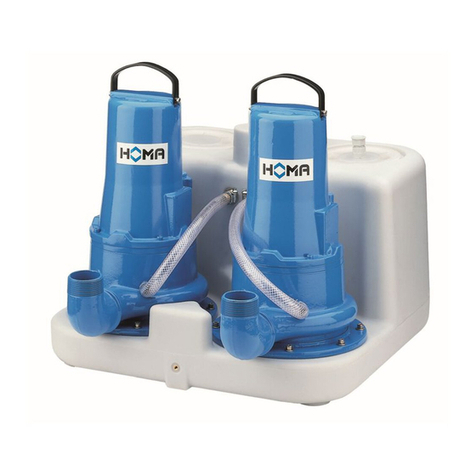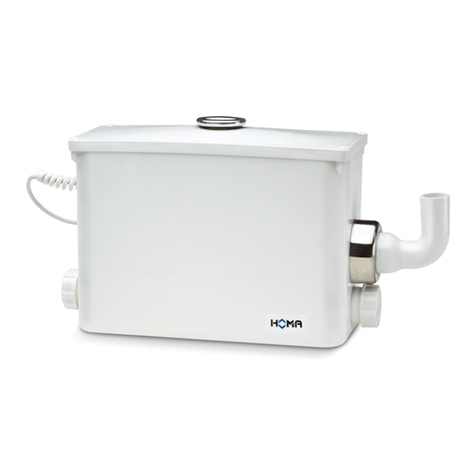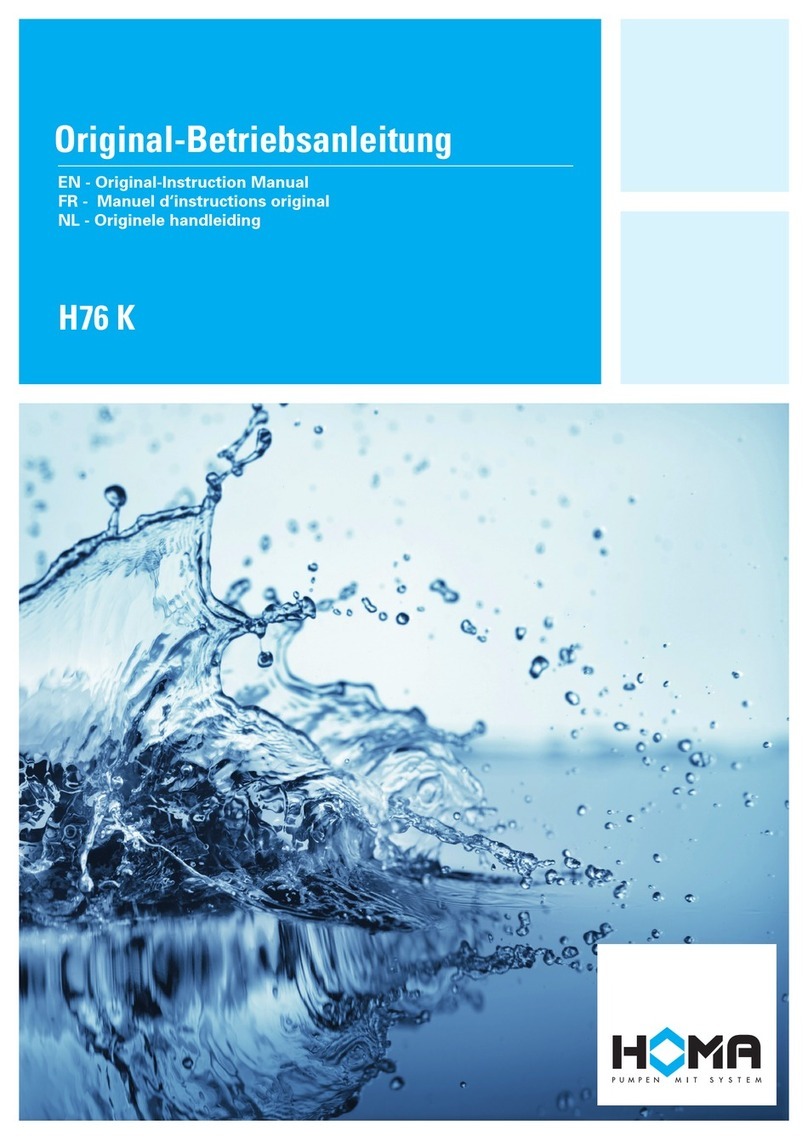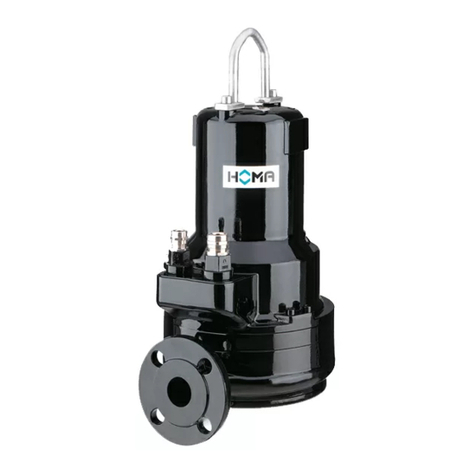
ENGLISH | 05
2.4.1. Electrical connection
When the machine is connected to the electrical control
panel, especially when electronic devices such as soft
startup control or frequency drives are used, the relay
manufacturer‘s specifications must be followed in order
to conform to EMC. Special separate shielding measures
e.g. special cables may be necessary for the power supply
and control cables.
The connections may only be made if the equipment
meets NEC standards. Mobile radio equipment may cause
malfunctions.
Beware of electromagnetic radiation!
Electromagnetic radiation can pose a fatal risk for
people with pacemakers. Put up appropriate signs
and make sure anyone affected is aware of the
danger.
Attention aux rayonnements électromagnétiques !
Les rayonnements électromagnétiques peuvent con-
stituer un risque mortel pour les personnes portant
un stimulateur cardiaque. Placez des panneaux ap-
propriés et assurez-vous que toute personne con-
cernée est consciente du danger.
2.4.2. Ground connection
Our products (machine including protective devices and
operating position, auxiliary hoisting gear) must always be
grounded. If there is a possibility that people can come
into contact with the machine and the pumped liquid (e.g.
at construction sites), the grounded connection must be
additionally equipped with a fault current protection de-
vice. The electrical motors conform to motor protection
class IP 68 in accordance with the valid norms.
2.5. Operating procedure
When operating the product, always follow the locally
applicable laws and regulations for work safety, accident
prevention and handling electrical machinery. To help to
ensure safe working practice, the responsibilities of em-
ployees should be clearly set out by the owner. All per-
sonnel are responsible for ensuring that regulations are
observed. Certain parts such as the rotor and impeller ro-
tate during operation in order to pump the fluid. Certain
materials can cause very sharp edges on these parts.
Beware of rotating parts!
The moving parts can crush and sever limbs. Never
reach into the pump unit or the moving parts during
operation. Switch off the machine and let the moving
parts come to a rest before maintenance or repair
work!
Attention aux pièces en rotation !
Les pièces mobiles peuvent écraser et trancher des
membres. Ne jamais mettre les mains dans l‘unité
de pompage ou dans les parties mobiles pendant le
fonctionnement. Avant toute opération d‘entretien
ou de réparation, éteignez la machine et laissez les
pièces mobiles s‘arrêter !
2.6. Safety and control devices
Our products are equipped with various safety and con-
trol devices.These include, for example, moisture sensors
and temperature sensors. These devices must never be
dismantled or disabled. Equipment such as thermo sen-
sors, float switches, etc. must be checked by an elec-
trician for proper functioning before start-up (see the
“Electrical Connection” data sheet). Please remember
equipment such as PT100 temperature monitors or float
switches require the use of a HOMA GO switch for con-
nection. Please contact your HOMA distributor for infor-
mation.Personnel must be informed of the installations
used and how they work.
Caution!
Never operate the machine if the safety and monitor-
ing devices have been removed or damage, or if they
do not work.
Mise en garde!
Ne jamais utiliser la machine si les dispositifs de
sécurité et de contrôle ont été retirés ou endom-
magés, ou s‘ils ne fonctionnent pas.
2.7. Operation in an explosive atmosphere
Products marked as FM approved for suitable operation in
in an explosive atmosphere, are designed for Class I, Divi-
sion 1, Groups C and D and Temperature class T4. The per-
mitted ambient temperature is between -4°F and 104°F.
The enclosure’s protection class is IP68. The products
must meet certain guidelines for this type of use. Certain
rules of conduct and guidelines must be adhered to by
the operator as well. Products that have been approved
for operation in an explosive atmosphere are marked as
explosion-proof rated by FM. In addition, an “FM” symbol
must be included on the name plate!
2.8. Sound Safety
Depending on the size and capacity (kW), the products
produce a sound pressure of up to110 dB. The actual
sound pressure, however, depends on several factors.
These include, for example, the installation type (wet, dry,
transportable), fastening of accessories (e.g. suspension
unit) and pipeline, operating site, immersion depth, etc.
Once the product has been installed, we recommend that
the operator make additional measurements under all op-
erating conditions.
Caution: Wear ear protectors!
In accordance with the laws in effect, guidelines,
standards and regulations, ear protection must be
worn if the sound pressure is greater than 85 dB (A)!
The operator is responsible for ensuring that this is
observed!
Mise en garde : Portez des protecteurs auditifs !
Conformément aux lois en vigueur, aux directives,
aux normes et aux règlements, le port de protecteurs
d‘oreilles est obligatoire si la pression acoustique est
supérieure à 85 dB (A) ! L‘opérateur est responsable
du respect de cette consigne !


